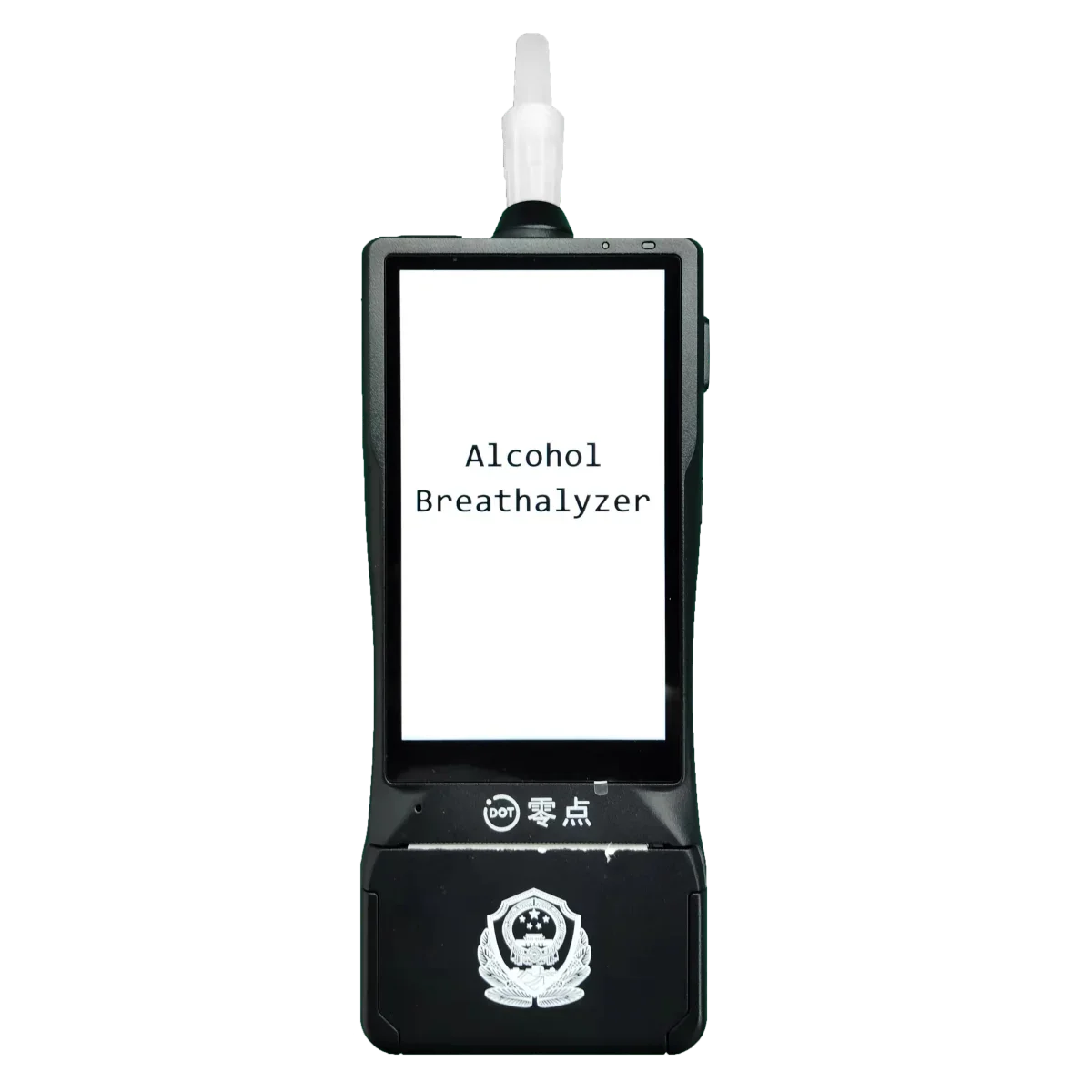- This topic is empty.
-
AuthorPosts
-
2024-07-08 at 3:00 pm #5458
In today's society, alcohol testers are used as instruments to detect human alcohol content, and their accuracy and reliability are crucial for traffic safety management. However, if alcohol testers are not properly handled during storage and transportation, their performance may be affected, which in turn affects the accuracy of the test results. Therefore, this article will elaborate on the storage and transportation guidelines for alcohol testers to ensure that their performance is not damaged and the accuracy of the test results is guaranteed.
1. Storage guide for alcohol testers
Dry environment: Alcohol testers should be stored in a dry environment to avoid moisture from damaging the instrument. Excessive humidity can cause short circuits in the internal circuit boards of the instrument, affecting normal use. It is recommended that the relative humidity of the storage environment be maintained between 30%-60%.
Temperature control: Alcohol testers are sensitive to temperature, and too high or too low temperatures will affect their performance. It is generally recommended that the storage temperature be controlled between 15℃-35℃. In low-temperature environments in winter, the instrument should be avoided from being exposed outdoors to avoid damage to the instrument due to low temperatures.
Avoid direct sunlight: Long-term exposure to sunlight will cause ultraviolet rays to damage the housing and display of alcohol testers. Therefore, when storing, you should avoid direct sunlight and choose a cool and ventilated place for storage.
Dust and moisture-proof: The internal structure of alcohol testers is complex, and dust and moisture can easily invade the inside of the instrument, affecting its performance. When storing, the instrument can be placed in a special protective box to reduce the intrusion of dust and moisture.
Regular inspection: In order to ensure the stable performance of alcohol testers, it is recommended to check them regularly. The inspection content includes whether the appearance is damaged, whether the display screen is normal, whether the buttons are sensitive, etc. If any problems are found, they should be repaired or replaced in time.

2. Alcohol testers transportation guide
Packaging requirements: During transportation, alcohol testers should be wrapped with special shockproof packaging materials to prevent damage to the instrument caused by bumps during transportation. At the same time, the packaging box should be filled with sufficient cushioning materials to reduce the shaking of the instrument during transportation.
Temperature control: During transportation, attention should be paid to controlling the temperature of the transportation environment. Too high or too low-temperature may cause damage to alcohol testers. It is recommended that the transportation temperature be controlled between 15℃-35℃. If necessary, insulation measures can be taken, such as using an insulated box.
Avoid squeezing: When stacking goods, avoid putting heavy objects on the alcohol testers to avoid squeezing damage to the instrument. At the same time, avoid severe vibration and collision during transportation to ensure that the instrument is intact.
Moisture-proof treatment: During transportation, moisture-proof treatment should be done. An appropriate amount of desiccant can be placed in the packaging box to absorb moisture in the box and maintain a dry environment. At the same time, avoid transportation in rainy or humid environments.
Choose a professional logistics company: To ensure the safety of alcohol testers during transportation, it is recommended to choose an experienced and professional logistics company for transportation. When signing a contract, the responsibilities and obligations of both parties should be clarified to ensure the safety of the instrument during transportation.
3. Precautions
During storage and transportation, alcohol testers should be avoided from being placed together with flammable, explosive, corrosive, and other dangerous goods to avoid accidents.
For alcohol testers that are not used for a long time, it is recommended to charge and check them regularly to ensure the stable performance of the instrument.
During storage and transportation, care should be taken to protect the vulnerable parts of the alcohol testers, such as the display and buttons, to avoid damage caused by improper operation.
In short, the correct storage and transportation methods are of great significance to ensure the performance and service life of the alcohol testers. By following the above guidelines, you can effectively avoid instrument damage caused by improper storage and transportation, and ensure the accuracy and reliability of the alcohol testers during use.
http://www.gotaishenzhen.com
Shenzhen GOTAI Special Equipment Co., Ltd. -
AuthorPosts
- You must be logged in to reply to this topic.

